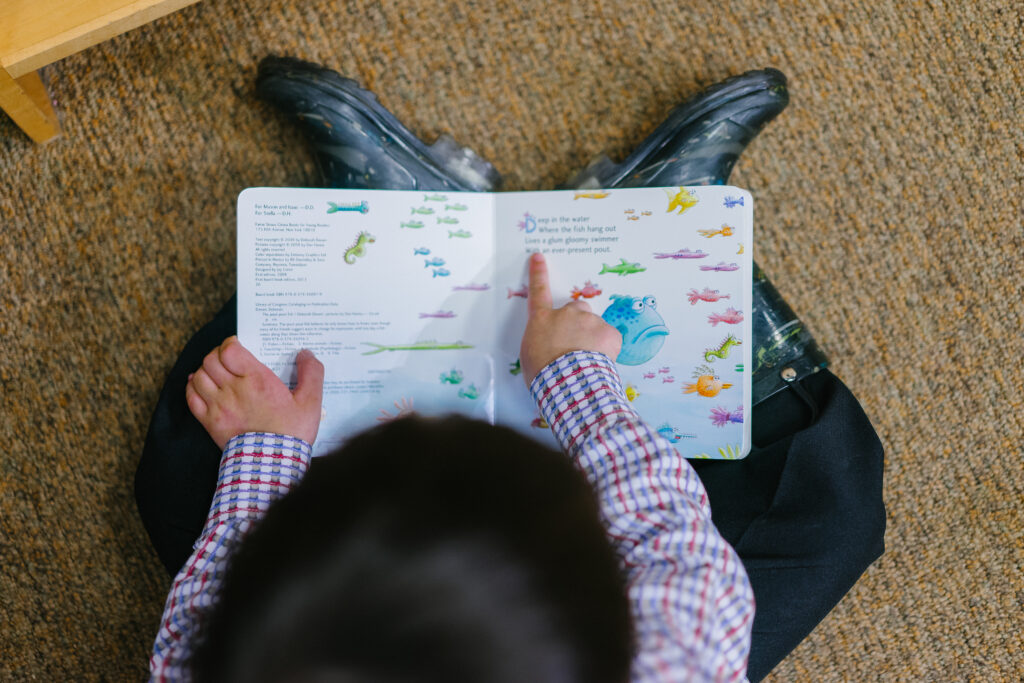Educating your child at home is a personal decision but if you’ve made it, you’ll want to know how to start homeschooling. Different families have their own reasons for choosing to homeschool their child. These reasons range from safety concerns to religious beliefs and from relocation/travel situation to providing a higher standard of education than is available at institutions. Whatever the reasons may be, know that the decision would be the first of many choices that parents are required to make in order to ensure the homeschooling process is a smooth and productive one for the child.
Homeschooling is a major change, not just for the child but the entire family. Once you’ve made the decision, you may feel lost and overwhelmed by the numerous options available. There may be a lot of questions and concerns pertaining to the curriculum, methods and techniques. This is why we have compiled a list of the necessary steps that will help you streamline the process to start homeschooling.
Identify Other Homeschoolers in Your Vicinity

Firstly you should identify as to who else is homeschooling in your community and state. Check for online networks and organizations which focus on homeschooling. This is one of the best initial steps to take as it allows you to find local resources, support and tips from experienced homeschoolers.
By building a strong homeschoolers network, you will be able to gather first-hand knowledge about how people got started, what mistakes to avoid, where to get resources as well as how to handle the various local and state regulations. Besides, current homeschoolers can provide and share ideas related to lessons, field trips and opportunities for social interaction.
Learn Your State Laws Regarding Homeschooling
While networking with homeschoolers can give you an idea about local and state regulations, it is imperative that you have in-depth knowledge about your state’s laws and requirements before you come to a conclusion on homeschooling.
Homeschooling is allowed in all 50 states in the US, but each state regulates it in a different way. Some states treat homeschooling like private schools while others have specific procedures that homeschooling families are required to follow. You need to see whether you meet the requirements and whether the laws are in line with your homeschooling purposes and goals.
Creating a Personalized Homeschool Strategy

To ensure that the homeschooling process is a success, you need to personalize the method and come up with a strategy that matches with the learning preferences of your child. To accomplish this, you can take recommendations from various sources including counselors, homeschooling parents and groups. Research and suggestions will lead you to identify the learning style that suits your child the best. Some of the most commonly used homeschooling methods are traditional homeschooling which is more like school at home and unschooling which is totally child-driven. At times parents deem it fit to pick and choose parts of various methods to cover all aspects.
Besides research and recommendations, observation plays a significant role when it comes to devising strategy. You need to observe how a particular child handles a situation or assignment and how he or she responds to various techniques and models. The learning process must be personalized to suit the child’s personality and responsiveness. Practice sessions may be held at home to identify what works for a child and what needs improvement/attention.
Finding Curriculum
Curriculum is important when you’re trying to establish scope and sequence for instruction. However, children with unique learning needs often need some modifications and accommodations in using the material to achieve the desired learning goals.
You will find tons of curriculum material everywhere; from handpicked eclectic courses to ready-to-use packages. Don’t get overwhelmed by the boundless options and end up spending a hefty amount in trying to get the best. Bear in mind that there is no such thing as a perfect curriculum. It mostly depends on trial and error. Hence as parents you need to be patient and flexible to be able to guide your child and provide him/her an environment conducive to his/her learning needs. With a little planning and preparation you can make use of free resources such as online material (homeschool-planner), public or college libraries etc.
Set Goals

Homeschooling is a decision that demands immense responsibility and dedication. It is easy to get off-track especially when your child starts struggling or if you find it hard to pay due attention to his changing learning needs. This is why you need to set goals that will help guard against getting off track and serve as a reminder of why you chose homeschooling in the first place.
Ensure that the child’s homeschooling is an enjoyable journey and re-evaluate your educational model periodically. Keep records of your child’s progress and make an effort to appreciate his/her achievements, big or small. It is important that the child feels celebrated for his/her talent, interests and aspirations.
Conclusion
Now you have a better understanding on getting started with homeschooling. There is much to learn and no one does it perfectly. Take it one step at a time and do your best to educate yourself before you begin educating your child.

